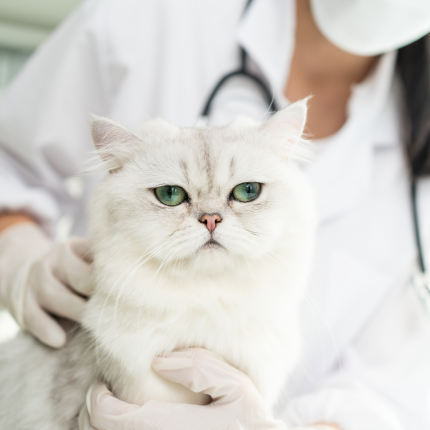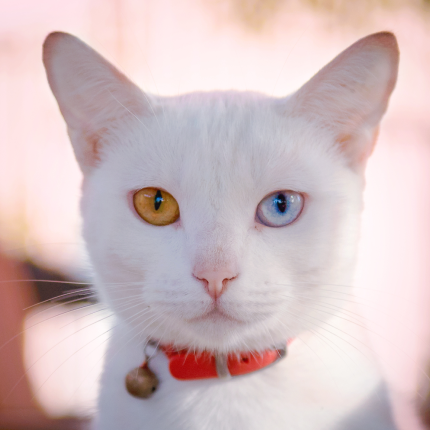New Study Compares Disease Risk in Purebred and Mixed-Breed Cats

A recent publication in the journal VetRecord has shed light on the differences in cat disease risks, revealing notable variations between purebred and mixed-breed cats. This groundbreaking study utilized a vast dataset that included information from insurance policies, insurance claims, and comprehensive data on the breed, age, and sex for approximately 550,000 cats.
The study’s findings highlighted that purebred cats, compared to domestic crossbreeds, were more susceptible to developing diseases across several disease categories. Notably, purebred cats exhibited the highest relative risk in disease categories such as female reproductive issues, heart disease, complications from surgery, lower respiratory infections, and immunological diseases. These results provide crucial insights for cat owners, veterinarians, breeders, and researchers, offering a comparative understanding of disease patterns in purebred and mixed-breed cats. The information on disease frequency and risk is a valuable tool for clinical decision-making, aids in the monitoring and planning of breeding programs, educating cat owners, and helps prioritize further research. However, a more detailed investigation into the specific causes of morbidity would be beneficial for a comprehensive understanding of the findings.
Surprisingly, the study also revealed that domestic crossbred cats were more prone to developing endocrine, skin, and mobility issues than purebred cats. One possible explanation for this disparity is that domestic cats typically have greater outdoor access, which may result in more injuries, skin problems, and locomotive issues due to increased physical activity outside. Furthermore, other studies have indicated that certain purebred cats have a lower risk of hyperthyroidism and diabetes mellitus, the primary causes of endocrine diseases in cats.
The research team is conducting further insurance dataset analyses to develop predictive models. These models aim to forecast the likelihood of specific cat diseases, ultimately providing valuable insights for clinical practice. By implementing these predictive models in a clinical setting, veterinarians can proactively assess disease risks and tailor their approach to each cat’s needs.
This study significantly contributes to our understanding of cat disease risks, particularly the disparities between pure and mixed-breed cats. It underscores the importance of considering a cat’s breed when evaluating disease susceptibility and highlights the potential impact of environmental factors on certain health conditions. The findings pave the way for more targeted research, improved breeding programs, and enhanced veterinary care, ultimately benefiting cats’ overall health and well-being worldwide.

Featured Articles

Greebles and Cats: The Origin and the Meaning
You may have seen an internet sensation concerning cats labeled “greebles.” Feel out of the loop? We’re here to help you. In 2019, Reddit user /user/literallyatree commented on a Reddit post about a cat that looks like it’s trying to slap a ghost. This user commented: “My family calls things…

Polydactyl Cats: Just More Beans to Love
Polydactyl cats have become extremely popular in recent times. As a result, more and more people are interested in learning more about this six-toed cat and want to get one of their own. If you are a cat lover intrigued by polydactyl cats, you have come to the right place….

The Odd-Eyed Cat (AKA Heterochromia)
Cats are already beautiful and fascinating creatures, but people are bound to take notice when they have something as captivating as two different colored eyes. Odd-eyed cats always have one blue eye paired with either a green, yellow, or brown eye. This form of heterochromia occurs in other animals, including…
